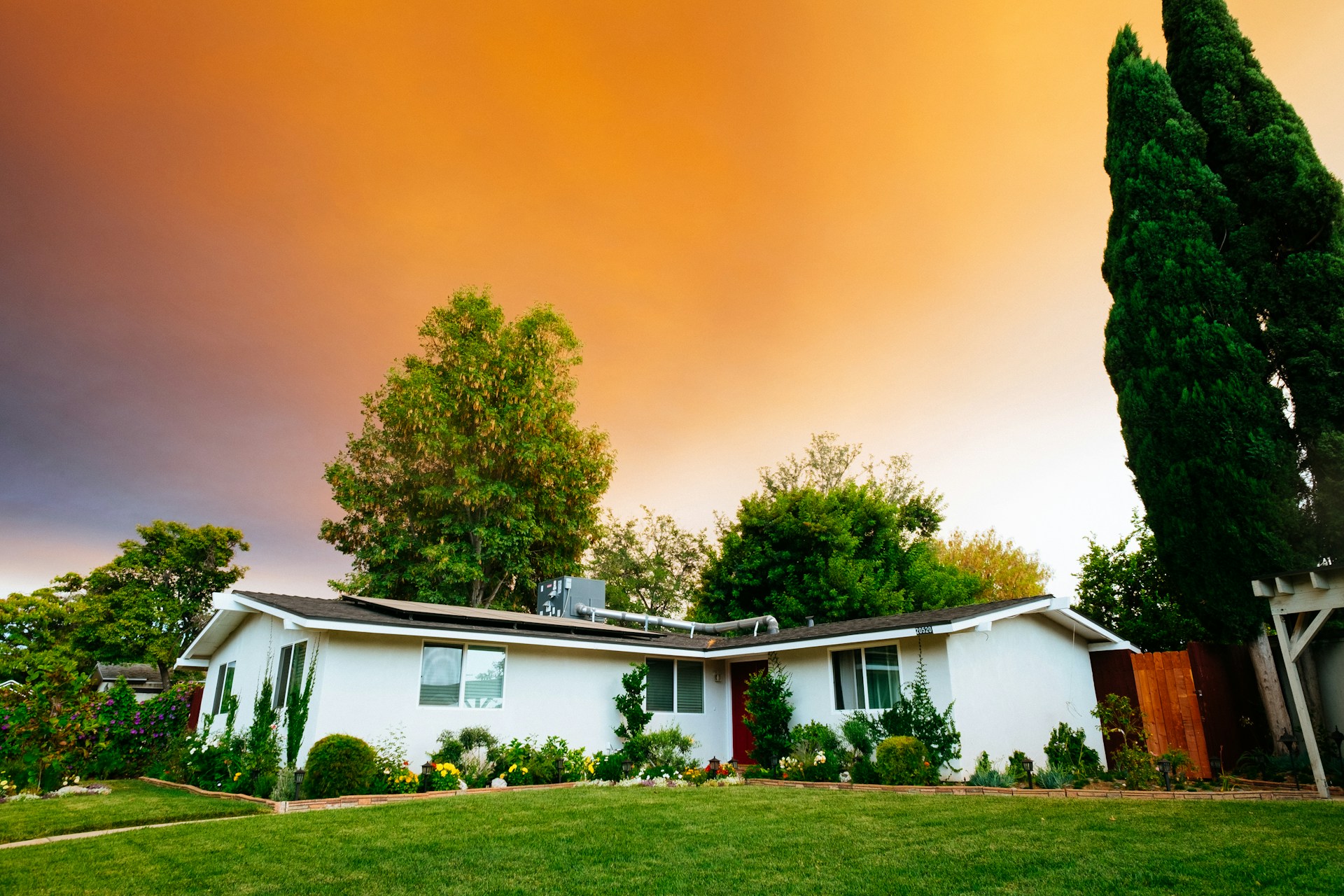Buying a house is one of the most significant investments you’ll make in your lifetime. But the initial investment is just the beginning. You’ll also need to consider the costs associated with maintaining the property over the years. A report by the Liverpool Property Community suggests that owners of older homes, especially those over 50 years old, could face substantial maintenance costs. To help you plan and prepare, we’ll delve into what these costs might be and how you can budget for them effectively.
Understanding the Costs Involved
Before purchasing a 50-year-old house, it’s crucial to understand that you will have to pay more than just your monthly mortgage payments. These homes often require more care and repair work than newer ones. According to a recent survey by the Liverpool Property Community, the average expected costs for maintaining a 50-year-old house could run into thousands of pounds annually.
En parallèle : What security measures should you consider for a high-crime area in London?
In older homes, some components may need replacing due to wear and tear over the years. These can include critical systems like the boiler, wiring, and plumbing, which can be expensive to replace or repair. For instance, according to Heating and Plumbing Monthly, a new boiler can cost upwards of £1,500, depending on the type and size required.
Beyond these more significant costs, you also need to budget for smaller ongoing maintenance tasks. These can range from repainting, fixing leaky taps, repairing loose tiles, to gardening and lawn care. Although these tasks appear minor, they can add up over time and make a substantial difference to your annual maintenance budget.
Cela peut vous intéresser : How does the local economy influence property prices in Leicester?
Calculating the Average Cost of Property Maintenance
To budget effectively, you need to have a clear understanding of what the average cost of property maintenance is. These costs can vary, but a rule of thumb shared by many real estate professionals is to budget 1% of your property’s value for maintenance each year.
However, this percentage can increase for older homes due to potential additional repair work. Therefore, if a 50-year-old house in Liverpool is valued at £200,000, you should plan for at least £2,000 to £4,000 in annual maintenance costs.
Another method is to create a more detailed breakdown of the potential repairs and their costs. For instance, you could get a professional home inspection report to identify potential issues and provide estimates for their repair. This approach will give you a more accurate picture of potential costs, but it requires more upfront work.
How to Budget for These Costs
Now that you have an understanding of the average costs involved in maintaining a 50-year-old house in Liverpool, the next step is to consider how to budget for them.
One common approach is to set aside a monthly amount for home maintenance. By doing this, you’ll spread the costs over the year, making them more manageable. For example, if your annual maintenance budget is £2,000, you would set aside approximately £167 each month.
Another approach is to create a sinking fund for home repairs. This is a separate savings account where you regularly deposit money. When a significant repair is needed, you will have the funds readily available.
It’s also worth considering taking out home insurance that covers a broad range of maintenance issues. This can provide financial protection against major repairs, but make sure to read the terms and conditions carefully to understand what’s covered and what’s not.
The Hidden Costs: JPG and Time
Finally, it’s essential to consider the hidden costs in terms of jpg (your energy consumption) and your time. Older homes are typically less energy-efficient than newer ones, which can lead to higher energy bills. A 50-year-old house may require additional insulation, a more efficient heating system or double-glazing, all of which come with costs.
As for your time, maintaining a 50-year-old house can be time-consuming. You may find you’re spending more of your weekends fixing things around the house, or dealing with contractors.
While these ‘hidden’ costs don’t have a direct financial implication, they can impact your quality of life and should be factored into your decision to buy an older home.
In conclusion, owning a home, particularly an older one, can involve substantial ongoing costs. Understanding these costs, and planning for them can help ensure that your investment remains a sound one, and your home continues to be a source of comfort and enjoyment for many years to come.
Considering Additional Costs for Older People
While contemplating the purchase of a 50-year-old property in Liverpool, you must also consider unique expenses that could arise, particularly for older people. It’s not only the property age that matters, but also the age of the potential homeowners. Stamp duty, council tax, and living costs can influence the true cost of owning and maintaining the house.
For instance, older people may require additional care services or even assisted living facilities down the line. According to a report from Age UK, the cost for care services in the United Kingdom has been on a steady rise. By setting aside a portion of your budget for these potential expenses, you can ensure that you are prepared for whatever may come.
Furthermore, some older people may struggle with the physical demands of maintaining a house. Engaging professionals for tasks such as boiler repair or gardening can add to the pocket expenses. A report from Worcester Bosch reveals that a standard gas safe boiler repair can cost between £150 to £400.
Lastly, council tax is another significant expense to consider. In England and Wales, council tax is a local taxation system with domestic rates. Each property is assigned to one of eight bands (A to H) based on property value, and the tax is set as a fixed amount for each band. Notably, some people, such as those living alone, can get a discount on council tax.
Assessing Long-Term Financial Commitment
When buying a house, especially an older property, it’s crucial to look beyond the initial cost and understand the long-term financial commitment involved. You must evaluate your financial stability and how this purchase fits into your long-term financial goals.
An older home can have many unexpected expenses. You might find a boiler repair that was not factored into your original budget or realise that the council tax is higher than anticipated. You should also consider other costs like estate agent fees, which can add up.
Remember, it’s not simply about being able to afford the mortgage repayments. Can you afford the average daily maintenance costs? Do you have extra money set aside for unexpected expenses? Are you prepared for the potential increase in council tax? These are all critical questions to answer before making your decision.
Conversely, buying a house can also serve as a long-term investment. Over time, property values tend to rise. Even with the added maintenance costs, owning a home can often be a wise financial decision in the long run.
Conclusion: Weighing Up the Costs
In conclusion, buying a house, especially a 50-year-old one in Liverpool, requires careful financial planning and foresight. It’s essential to factor in all potential costs, including out-of-pocket expenses, council tax, possible care services, and the time commitment required for maintenance.
Remember that the cost of living in a house goes beyond the mortgage. It includes the upkeep, the hidden expenses such as your time and energy costs (as we can see on the thumbnail jpg of your energy bill), and long-term considerations such as investing in added insulation or a Worcester Bosch boiler repair.
Despite the potential challenges, owning a home can greatly improve your quality of life and serve as a valuable asset. With careful planning, you can ensure the costs stay manageable and your investment remains sound, whether in Liverpool, or anywhere else in the United Kingdom.
















